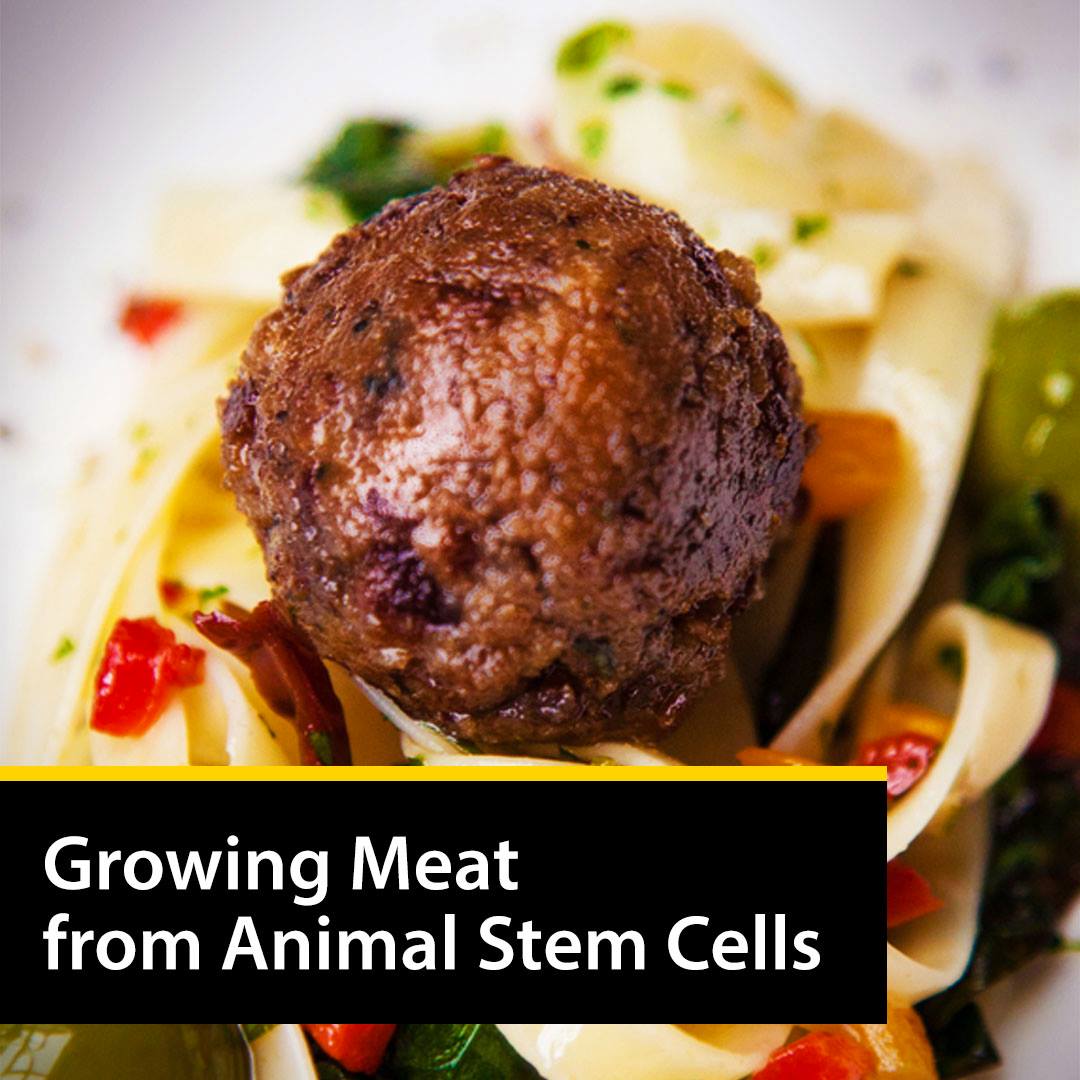Keeping up with the demand for meat worldwide could one day ruin the planet. But teams of scientists are hard at work growing animal-free burgers, chicken, turkey, and fish that are sustainable, healthy, and, some say, pretty delicious.
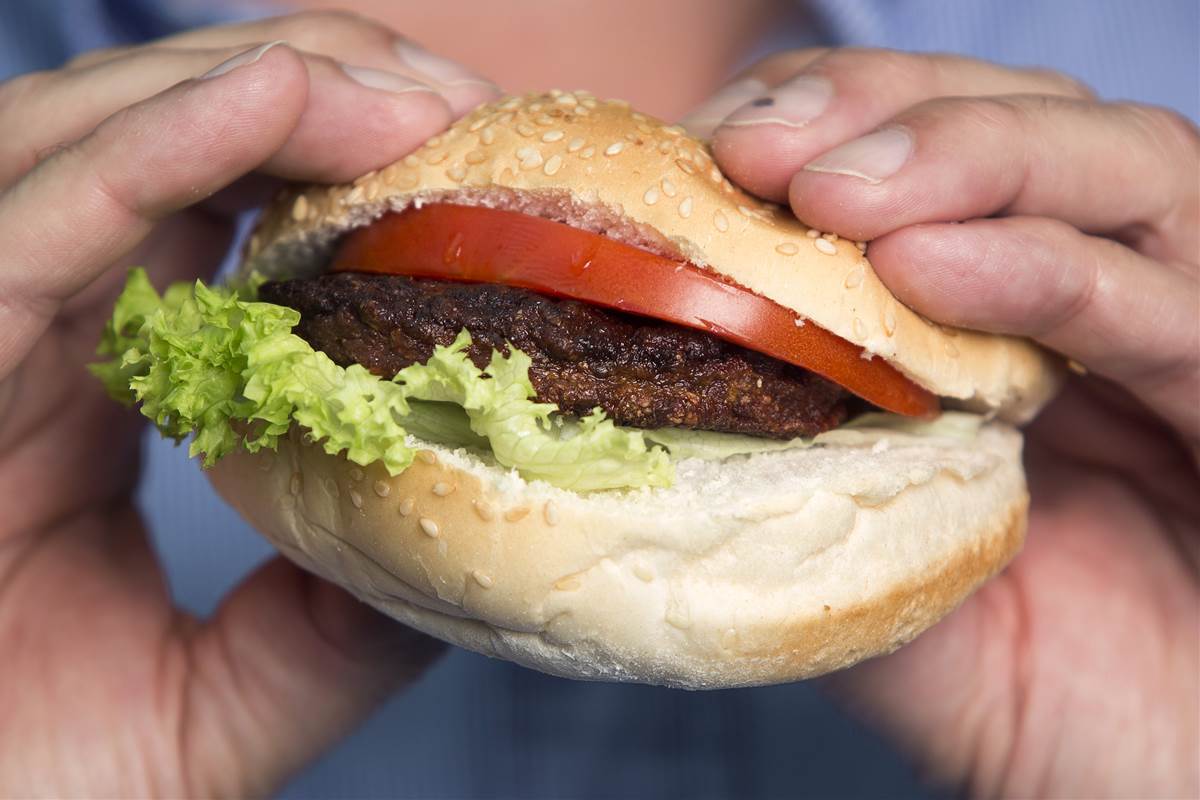

Keeping up with the demand for meat worldwide could one day ruin the planet. But teams of scientists are hard at work growing animal-free burgers, chicken, turkey, and fish that are sustainable, healthy, and, some say, pretty delicious.
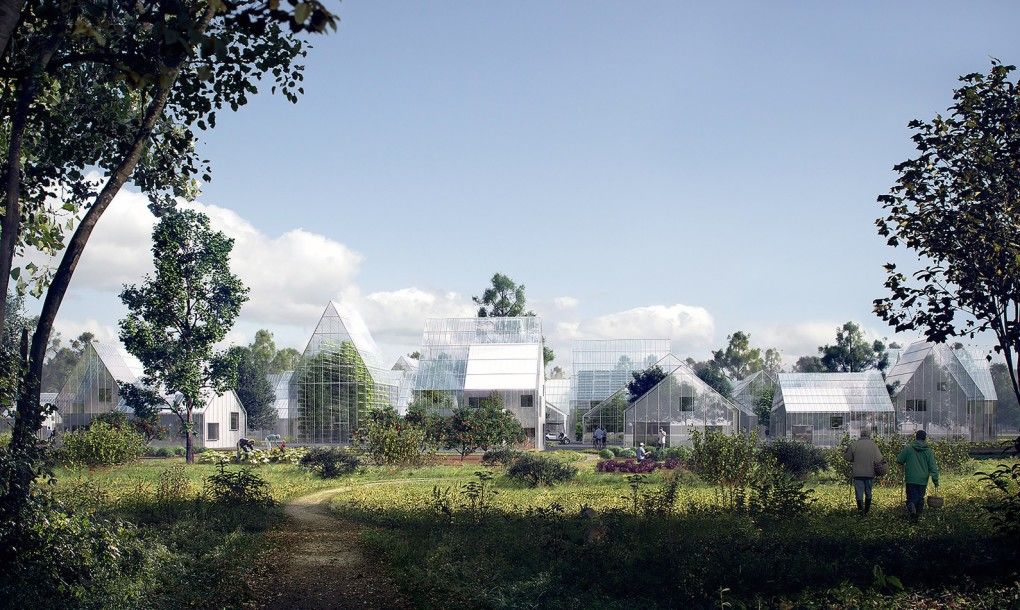
Off-grid housing that actually works for families is hard to come by, but that’s what ReGen Villages is striving towards with their concept for new self-sustaining communities.
The startup real estate company has a dream to create regenerative communities that not only produce their own food but also generate their own power, meaning what’s usually only possible for rural areas with renewable energy sources would be a reality for people that want these luxuries while having close neighbors.
This idea is more than just a dream, however, as the development company has its sights on their first site in Almere, Netherlands with the goal of opening it in 2018.
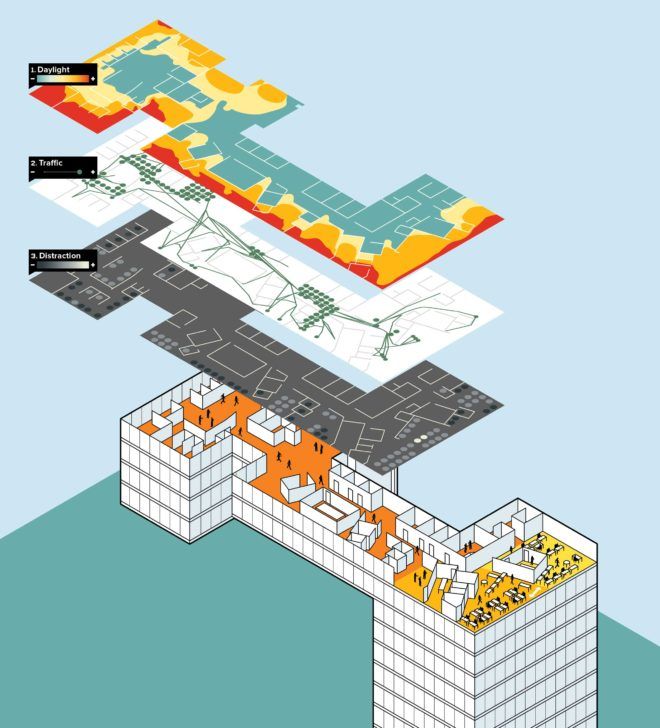
Arranging employees in an office is like creating a 13-dimensional matrix that triangulates human wants, corporate needs, and the cold hard laws of physics: Joe needs to be near Jane but Jane needs natural light, and Jim is sensitive to smells and can’t be near the kitchen but also needs to work with the product ideation and customer happiness team—oh, and Jane hates fans. Enter Autodesk’s Project Discover. Not only does the software apply the principles of generative design to a workspace, using algorithms to determine all possible paths to your #officegoals, but it was also the architect (so to speak) behind the firm’s newly opened space in Toronto.
That project, overseen by design firm The Living, first surveyed the 300 employees who would be moving in. What departments would you like to sit near? Are you a head-down worker or an interactive one? Project Discover generated 10,000 designs, exploring different combinations of high- and low-traffic areas, communal and private zones, and natural-light levels. Then it matched as many of the 300 workers as possible with their specific preferences, all while taking into account the constraints of the space itself. “Typically this kind of fine-resolution evaluation doesn’t make it into the design of an office space,” says Living founder David Benjamin. OK, humans—you got what you wanted. Now don’t screw it up.

This wasn’t the first such event – the agricultural revolution had upended human lives 12,000 years earlier.
A growing number of experts believe that a third revolution will occur during the 21st century, through the invention of machines with intelligence which far surpasses our own. These range from Stephen Hawking to Stuart Russell, the author of the best-selling AI textbook, AI: A Modern Approach.
Rapid progress in machine learning has raised the prospect that algorithms will one day be able to do most or all of the mental tasks currently performed by humans. This could ultimately lead to machines that are much better at these tasks than humans.

Sometimes people bring up overpopulation scenarios where the population can fit inside Texas. But they ask, what about all the stuff that supports that population? Here is one answer.
Located in an abandoned 70,000-square-foot factory in Newark, New Jersey, the world’s largest vertical farm aims to produce 2,000,000 pounds of food per year. This AeroFarms operation is also set up to use 95% less water than open fields, with yields 75 times higher per square foot. Their stacked, high-efficiency aeroponics system needs no sunlight, soil or pesticides. The farm’s proximity to New York City means lower transportation costs and fresher goods to a local market. It also means new jobs for a former industrial district.
Around the world, urban farms are sprouting up at the intersection of new growing technologies and localvore movements. They vary in scale and focus, but their goals are generally similar: produce fruits and vegetables in more efficient, cheaper and greener ways. Growing in controlled environments also reduces environmental variables, like pests, weather and even seasons (allowing for more predictable year-round yields). Factory farm tenants can also take over and adaptively reuse structures in depressed areas with disused industrial building stock, creating employment opportunities in the process.
In a way, these endeavors are a natural extension of long-standing trends in farming. Small farms gave way to large farms, but the latter still involved open fields and variable environments. Urban farms take things to the next level, making the farm-to-table distance shorter, controlling conditions and further optimizing around available space.
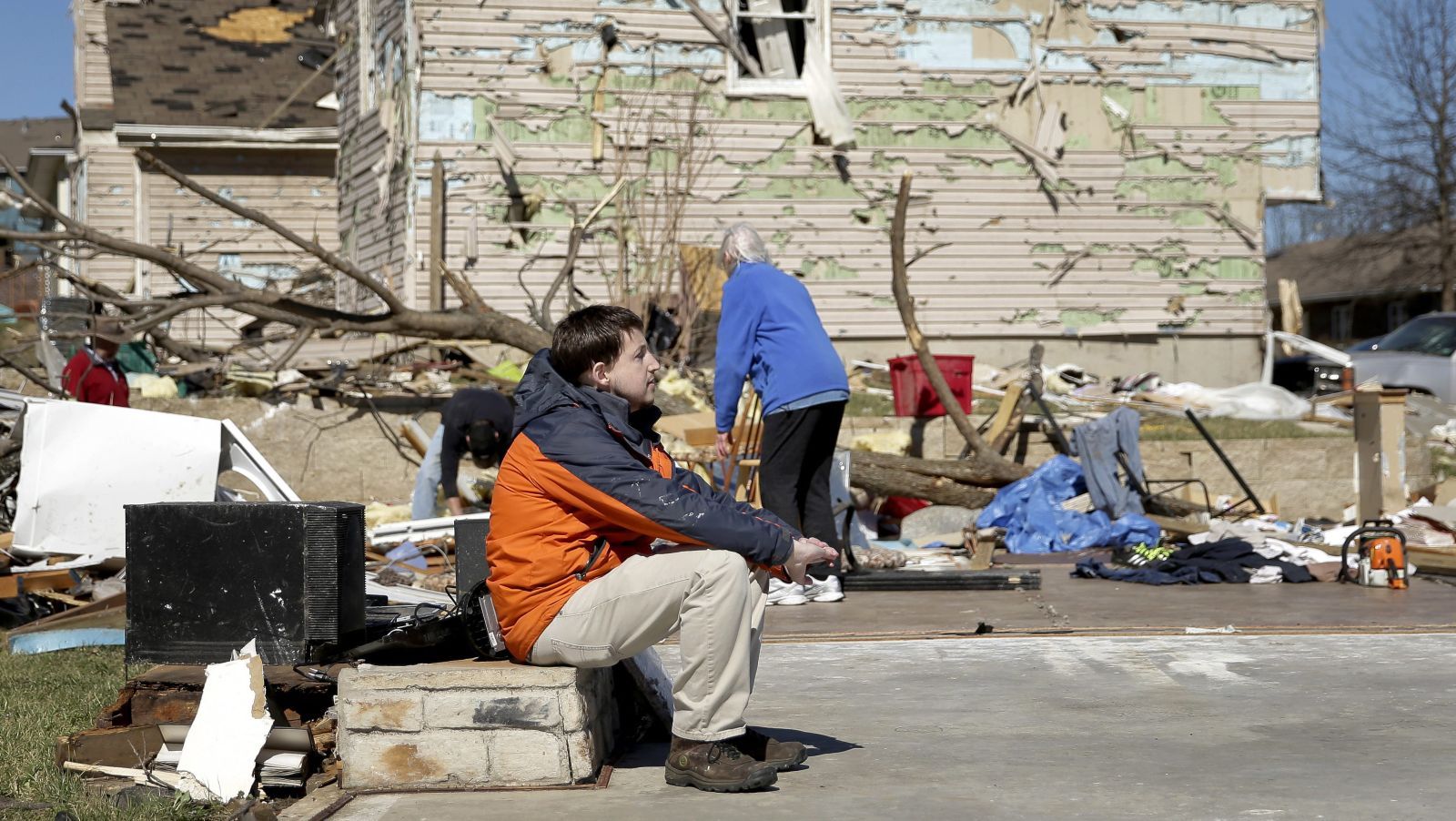
Depression, anxiety, grief, despair, stress—even suicide: The damage of unfolding climate change isn’t only counted in water shortages and wildfires, it’s likely eroding mental health on a mass scale, too, reports the American Psychological Association, the preeminent organization of American mental health professionals.
Direct, acute experience with a changing climate—the trauma of losing a home or a loved one to a flood or hurricane, for example—can bring mental health consequences that are sudden and severe. After Hurricane Katrina, for example, suicide and suicidal ideation among residents of areas affected by the disaster more than doubled according to a paper led by Harvard Medical School, while one in six met the criteria for PTSD, according to a Columbia University-led paper. Elevated PTSD levels have also been found among people who live through wildfires and extreme storms, sometimes lasting several years.
But slower disasters like the “unrelenting day-by-day despair” of a prolonged drought, or more insidious changes like food shortages, rising sea levels, and the gradual loss of natural environments, will “cause some of the most resounding chronic psychological consequences,” the APA writes in its 69-page review of existing scientific literature, co-authored by Climate for Health and EcoAmerica, both environmental organizations. “Gradual, long-term changes in climate can also surface a number of different emotions, including fear, anger, feelings of powerlessness, or exhaustion.”
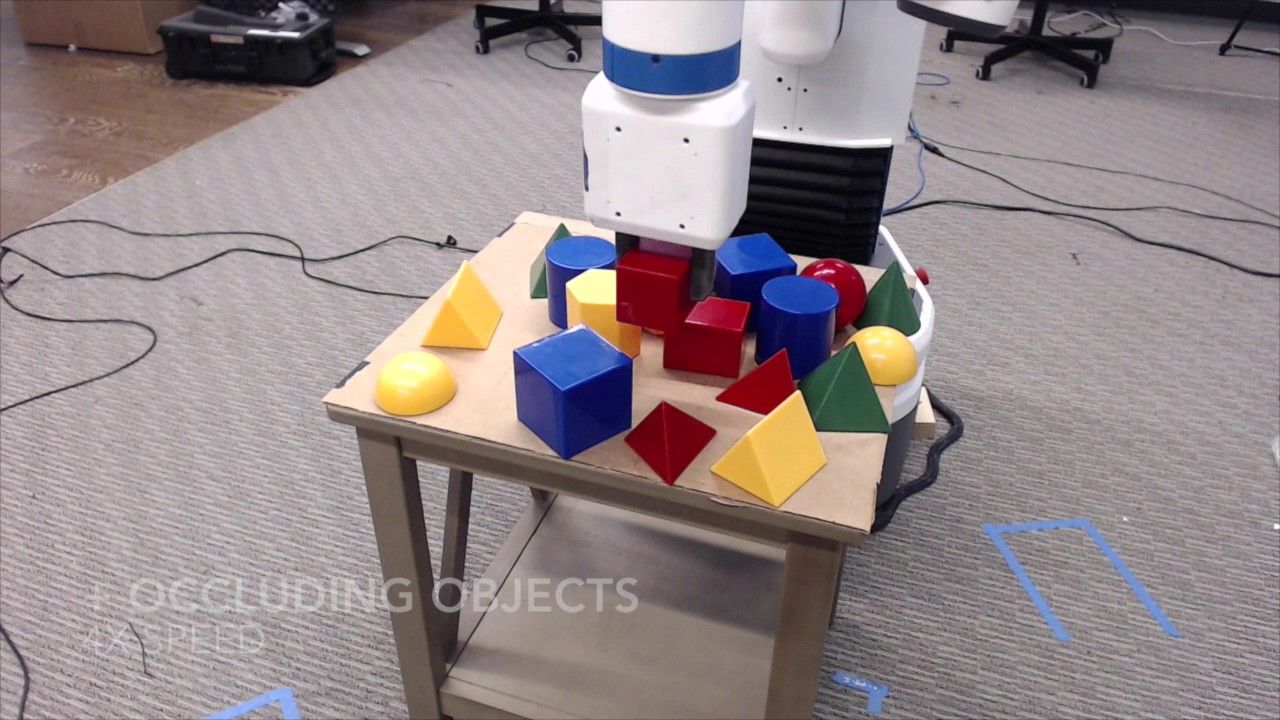
We’ve created the world’s first Spam-detecting AI trained entirely in simulation and deployed on a physical robot.
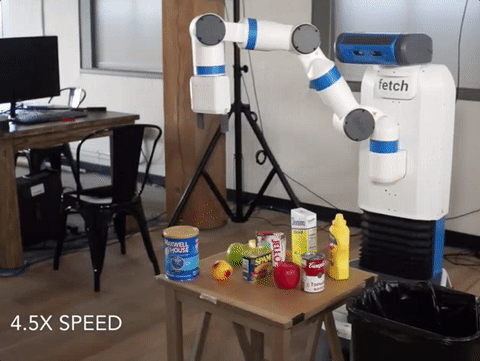
Our vision system successfully flagging a can of Spam for removal. The vision system is trained entirely in simulation, while the movement policy for grasping and removing the Spam is hard-coded. Our detector is able to avoid other objects, including healthy ones such as fruit and vegetables, which it never saw during training.
Deep learning-driven robotic systems are bottlenecked by data collection: it’s extremely costly to obtain the hundreds of thousands of images needed to train the perception system alone. It’s cheap to generate simulated data, but simulations diverge enough from reality that people typically retrain models from scratch when moving to the physical world.
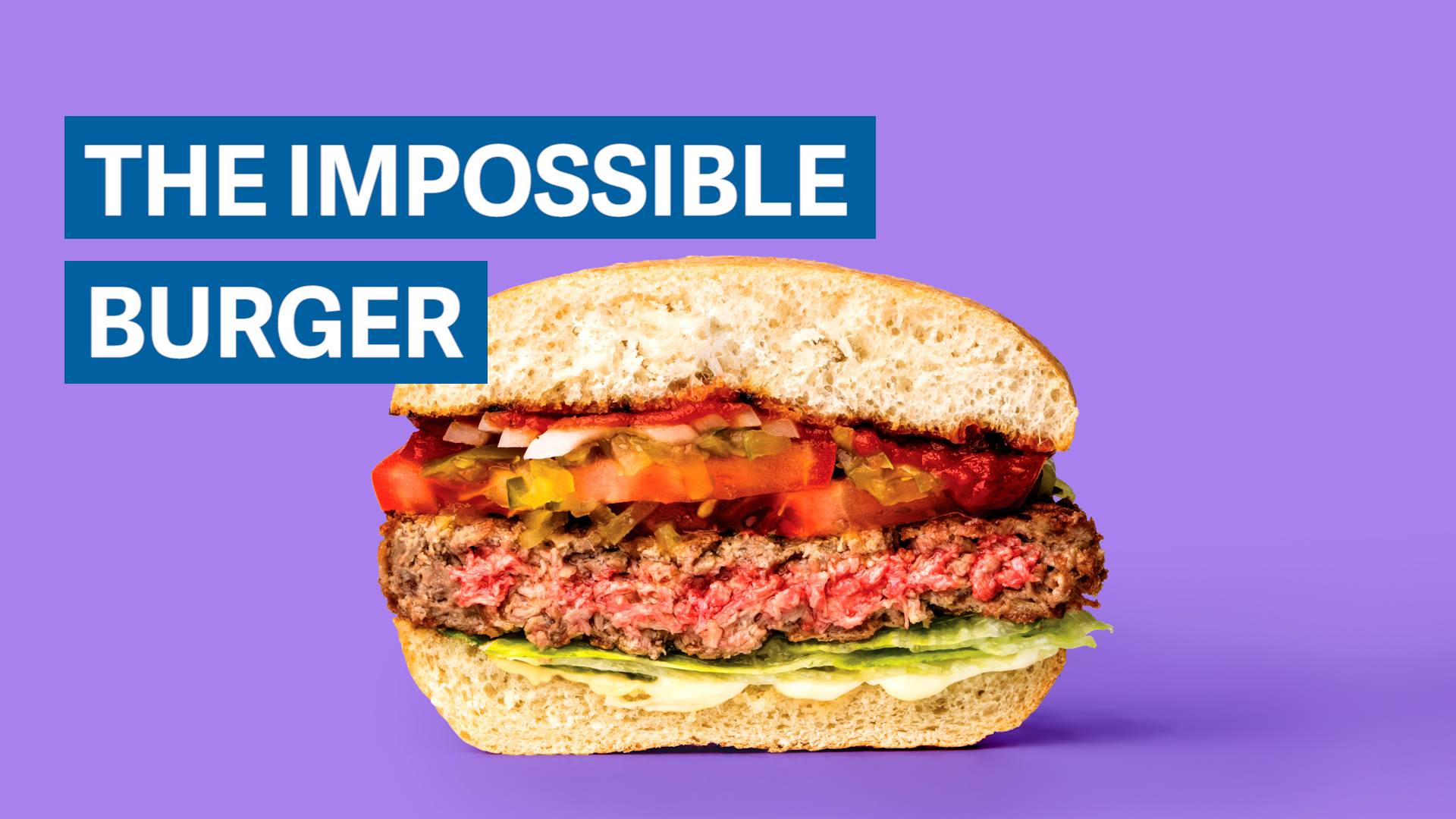
The neuroscience behind the Impossible Burger.
The Impossible Burger is meatless, but it tastes, smells, and bleeds like the real thing. The secret ingredient? Neuroscience.
